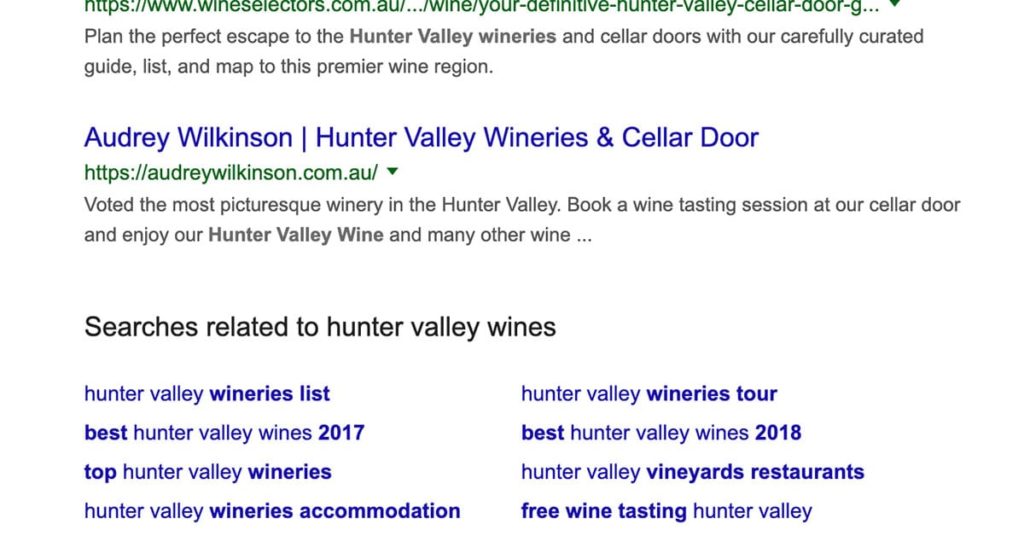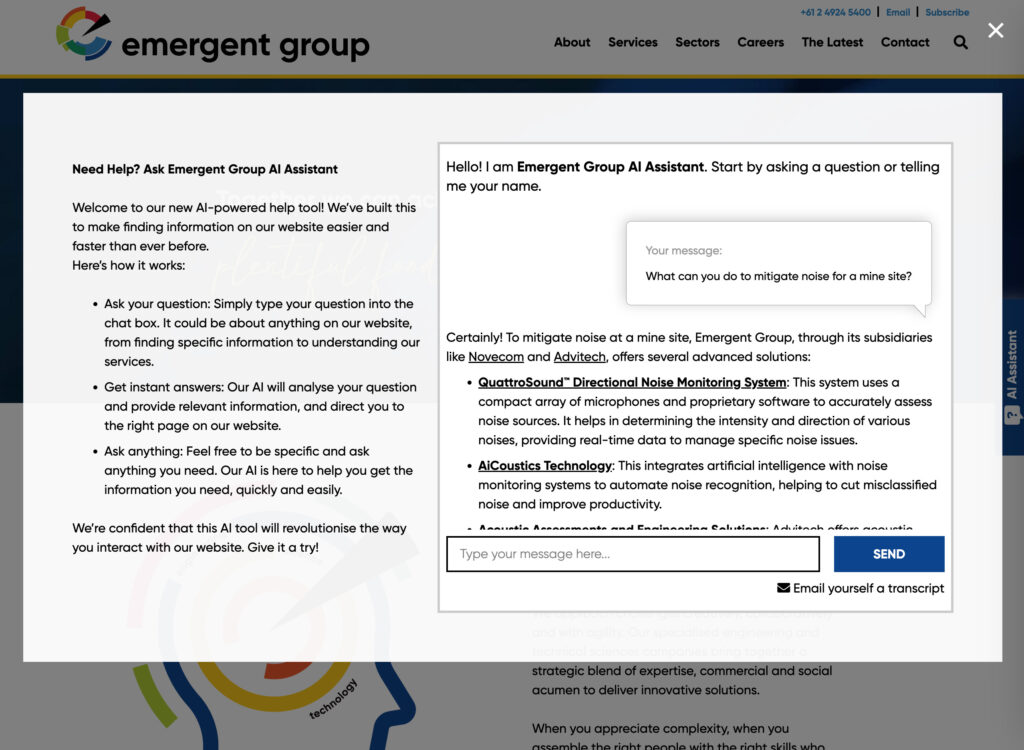Understanding the keywords and phrases your market uses to search for your product or service is obviously an important ingredient to online success. Due to the evolution of search engine algorithms over time, and the increase in the competitive marketplace, using keywords in implementing an SEO strategy is no longer as straight forward as it once was. Gone are the days where we target a single category term, these days we need to think more about providing quality and relevant content to your potential and current customers.
In recent article we introduced keywords as part of the basic on-page SEO fundamentals. We identified a technique of discovering the right keywords for your site by thinking about the customer journey, and what thought processes they might go through in three stages. The awareness stage (the problem arises, they are inspired to search), the consideration stage (research, feature browsing, comparing), and the decision stage (decided to buy your product or service). Here we pick up where we left off with a look at research and planning tools to ensure you are using the right ones in the right context and on the right page.
Before we head to softwares, it is important to understand the short and long tail in the move discovery process. Short tail are “short” and general, for example, ‘tap washer’. Searches for these return a flood of results of varying relevance to what the user might be looking for. What the user might be looking for is “how to fix a leaking tap”, which is an example of a long tail search. Search volume will be lower but more the results more relevant. This search also has obvious intent. Thinking about your long tail keywords when considering your content structure and SERP appearance can give your site an advantage in attracting a search with intent.
Now to the tools. It is likely that your first thought when it comes to search engine success is Google. So why not start there with your research? Google your keywords and phrases and take note of any additional terminology that may appear in the “Related Searches” area at the bottom of the results page. The related searches my add additional variations. In the example below, for a winery, looking at the short tail of ‘hunter valley wines’, will also take note of additional words that may be relevant to the business, such as accommodation, wineries, tour, vineyards, restaurants, wine tasting.
The next spot to go is check out your competitors. There are a number of ways of doing this of varying cost and value. You could spend time simply googling your list and seeing which competitors do well and take a look at their content and content structure, this won’t give the full picture, but it can give you an idea of which competitors are setting the benchmark. You can then go to an online keyword tool such as Ubersuggest or Keyword Tool. Ubersuggest is better value sit give more data without an upset to a paid account.
Another free way of achieving part of the above is using Google Ads keyword planner tool which also shows search volume and competitiveness, though it uses a cost metric.
For a clearer and more accurate picture you can go to an agency to analyse your list. We use SEMRush, but other good softwares are Ahrefs, and Moz. Each are rather expensive, so are probably not feasible for a DIY approach, however you might be able to get all the info you need within a free or cheaper trial period.
The benefit of using an agency and these more advanced softwares is the metrics available. We can see how you currently rank against a particular keyword, where your competitors rank, the degree of difficulty of getting your site into the top 10 or 20 (competitiveness), and the search volume. We can then begin to understand which keywords give you a competitive opportunity by looking for the higher volume, lower competitiveness keywords.
Give us a call if you would like assistance in assessing business and website and developing the right bag of keywords to attract your targets, and review your website to ensure it is structured to take advantage of them.





